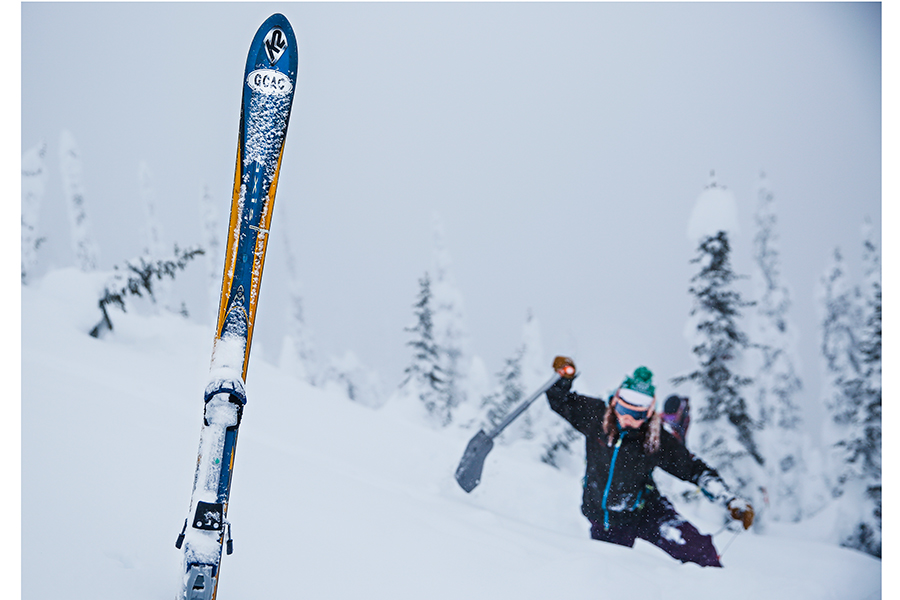Flathead Avalanche Center Brings Weather Station to Whitefish Range
A partnership with Friends of the Flathead Avalanche Center helped crews install the $25,000 weather station on Link Mountain; changes at the organization will bring a new educational event this season along with two new forecasters
By Maggie Dresser
As snowmobile trailers and rigs continue to stack up at the Olney trailhead in the Whitefish Range, an area that has gained popularity among motorized winter recreationists in recent years, crews with the Flathead Avalanche Center (FAC) installed a new weather station this fall on Link Mountain to fill a data gap that will help produce more accurate forecasts.
With grants from the Avalanche Alliance and Yahama’s Outdoor Access Initiative and fundraising help from Friends of the Flathead Avalanche Center (FOFAC), crews with the Flathead National Forest, Northern Rockies Science Center and the U.S. Geological Survey helped install the weather station, which cost a total of $25,000.
The station sits at an elevation of 7,228 feet and will fill a weather data gap to provide wind speed, temperature, precipitation and snow depth data in the central Whitefish Range. In addition to avalanche forecasting, it will also provide information for wildland firefighters.
“We targeted it because Red Meadow Pass has a history of fatal avalanche accidents and it’s growing evermore popular between motorized users, hybrid and guided groups,” FAC Director Blase Reardon said. “We wanted our forecast to be as accurate as possible so people can plan their trips.”
FAC has installed three weather stations through the partnership with FOFAC in the past five years, including one on Mount Aeneas in the Swan Range in 2019 and another on Tunnel Ridge in the Flathead Range in 2020.
In addition to the new weather station, the FAC has several educational events on the lineup for the upcoming season along with new forecasters on staff.
With two new forecasters joining the FAC this season, one will replace Clancy Nelson, who left to work for the Eastern Sierra Avalanche Center, while an additional staff member will help spread out the workload over the large forecast region.
Rob Millspaugh joined as a fulltime forecaster after serving as an FAC intern in the 2019-2020 season and Sarah Williams joined after interning during the 2021-2022 season and worked as a ranger in Glacier National Park last winter.
For the first time since 2019, the 12th annual Northern Rockies Snow and Avalanche Workshop (NRSAW) returns to the O’Shaughnessy Cultural Arts Center on Nov. 12 for an in-person event, featuring local forecasters along with speakers from the American Avalanche Institute, the National Avalanche Center, a National Weather Service meteorologist, and more.
“It’s in-person, which is great because there’s always a lot more energy and questions and people get a lot more out of it,” Reardon said. “We try to have a program that’s a mix of talks from technical, snowpack-related topics to decision-making discussions and just broader perspectives of avalanche safety.”
New this year, the FAC and FOFAC are launching a biweekly educational event called “State of the Snowpack,” where forecasters will present snowpack characteristics at local watering holes starting Dec. 1 and will run through the end of the forecasting season.
“We’ll summarize what the snowpack is doing, where the layers of concern are, what’s happened in the last couple weeks and what we are looking at in the next week,” Reardon said. “It’s a chance for people to have more direct interactions with the forecast team.”
For more information, visit www.flatheadavalanche.org.